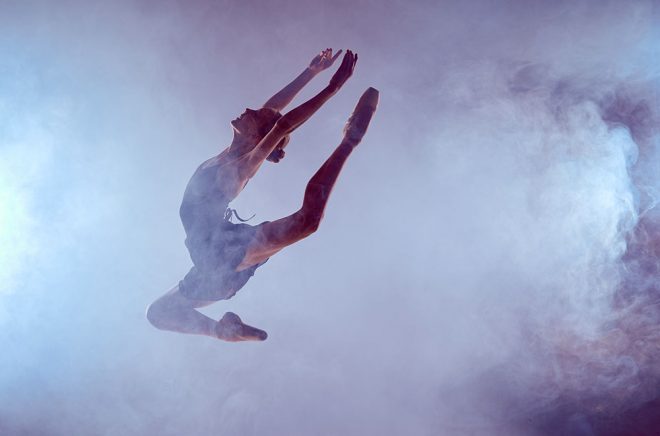Originally posted by the Alberta College and Association of Chiropractors
Dance is a beautiful art form. The hallmark of a great dancer is one who incorporates fluidity and mobility into their movements. This also means a dancer is one who places tremendous stress on their body.
As of 2011, 35 per cent of Canadian children aged three to seven were enrolled in organized dance. The same study says adult dance professionals spend an average of 17.7 hours in dance per week. Leisure adult participants say they devote 6.5 hours per week to their involvement in dance.
It’s easy see how all this stress can accumulate for dancers. Here are some ways dancers of all ages can prevent injury.
Training outside of dance
If you are a serious dancer, it’s important to not just rely on dance for all your physical activity. Aerobic conditioning, muscular strength and muscular balance training are extremely helpful in preventing both acute and long-term repetitive stress dance related injuries.
These kinds of training have been shown to not only increase dance performance, but also reduce incidence of injury. Research has shown dance ranks just behind football for how physically demanding it can be. If football players are vigorously training off of the field, it should be a no-brainer that dancers should be doing the same.
Don’t over-do it
Hockey season ends in June. Baseball season ends in late October. Dance has no off-season. This can be problematic, especially for young dancers who still have developing bodies with growing bones and joints. A common trap dancers young and old fall into is biting off more than they can chew. Most dance techniques use the same foot/ankle, hip, knee and back muscles. Dancing every day of the week and pushing the same muscles too hard for too long have the potential to lead to a repetitive strain injury.
Think of it this way, nobody goes to the gym and just works out their shoulders, arms or legs every day. If you did this, eventually, those muscles would weaken and you risk injuring yourself. The same line of thinking should go into planning your or your child’s dance schedule.
If you’ve injured yourself dancing, see your chiropractor
Your chiropractor has a great understanding of the difficulties related to specific movement patterns, as well as bone, joint, and soft tissue stresses that dancers typically preform. Your chiropractor can help with pain management and injury treatment and prevention in the future.
Dance is great way to stay active. It’s a great source of aerobic exercise (which strengthens your heart), it increases bone and muscle strength and is a great core workout, a long with a host of other positive health benefits. If you or your child take the steps needed you can keep your bodies out on the dance floor and out of pain.
For more blogs and information like this, follow us on Twitter or like us on Facebook.

